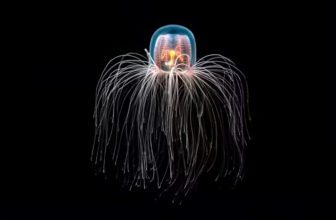
What Is Abstract Art
Abstract art is a form of modern art that explores the use of color, shape, form, and line to create an emotional response in the viewer. Unlike representational art, which attempts to realistically depict the world, abstract art seeks to evoke feelings and emotions through the use of abstract elements and non-representational imagery.
The roots of abstract art can be traced back to the early 20th century when artists such as Pablo Picasso and Georges Braque began to experiment with non-representational forms. This new form of art was seen as a reaction against the traditional, representational styles of the past, and was a way for artists to break free from the constraints of realism and explore new creative avenues.
One of the defining characteristics of abstract art is the absence of a clear subject matter. Unlike traditional art forms, abstract art does not depict specific objects or scenes, but instead focuses on the use of form, color, and line to create a feeling or mood. This can often lead to a sense of ambiguity or openness in the interpretation of the artwork, allowing the viewer to bring their own emotions and experiences to the piece.
Abstract art can take many forms, from the geometric shapes and bold lines of Constructivism to the fluid forms and organic shapes of Expressionism. Regardless of the style, the focus is always on the emotional impact of the work and the ability to evoke a response from the viewer.
One of the key elements of abstract art is color. Color is used not just to create a visual effect, but also to evoke specific emotions and feelings. For example, warm colors like red, yellow, and orange can create a feeling of excitement and energy, while cool colors like blue and green can evoke feelings of calm and tranquility.
Another important aspect of abstract art is the use of line and form. Artists use these elements to create a sense of movement, rhythm, and balance in their work. The placement of lines and shapes can also have a profound impact on the emotional impact of the piece, with diagonal lines often creating a sense of tension and dynamic energy, while horizontal lines can evoke feelings of calm and stability.
In conclusion, abstract art is a powerful form of modern art that explores the emotional impact of color, form, line, and shape. Unlike representational art, abstract art does not attempt to depict the world realistically, but instead focuses on creating an emotional response in the viewer through the use of abstract elements. Whether through the bold lines of Constructivism or the fluid forms of Expressionism, abstract art remains a vital and inspiring form of art that continues to captivate and inspire audiences around the world.




